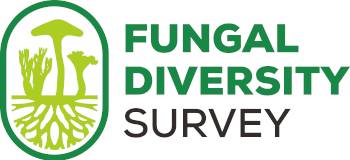FunDiS West Coast Rare Fungi Challenge

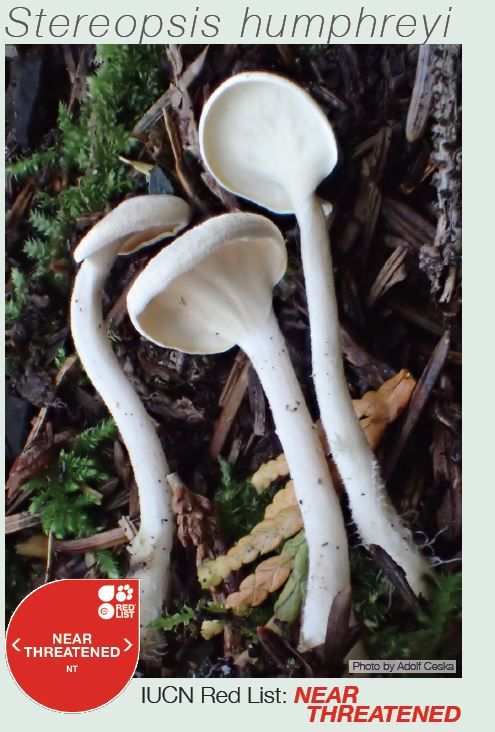
Stereopsis humphreyi grows in the litter beneath Sitka spruce from Oregon to the Southeast of Alaska, very little is known about this striking and strange little mushroom!
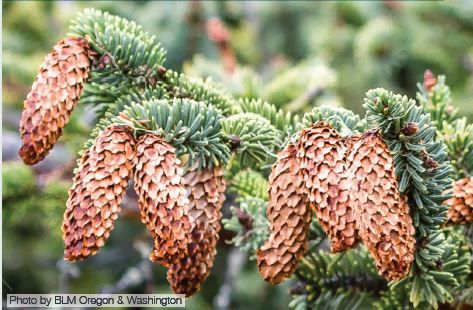
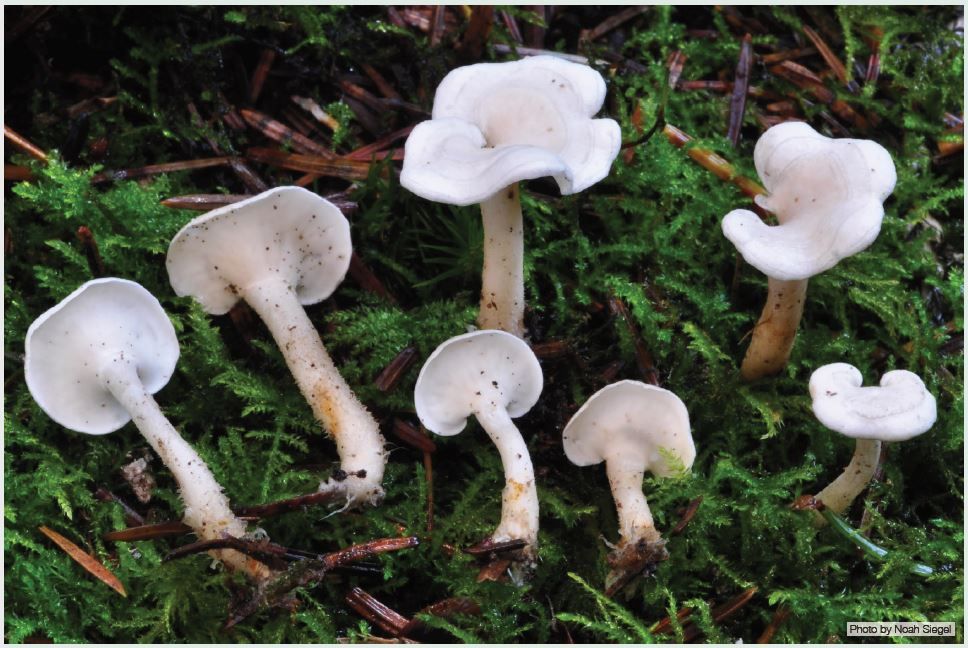
Description
There are no pores, nor gills on the cap. It stands a few inches high, with a cap of 1–2 inches wide, and occurs in small groups among moss.
What Else Could It Be?
Oyster mushrooms (Pleurotus spp.) and Angel’s Wings (Pleurocybella porrigens) might look a bit similar, as they also are white, but both grow on tree trunks and have gills on the underside of the cap.

Never eat wild mushrooms without a confident identification!
Contact Poison Control if you think you have eaten a poisonous mushroom: 1-800-222-1222
When & Where?
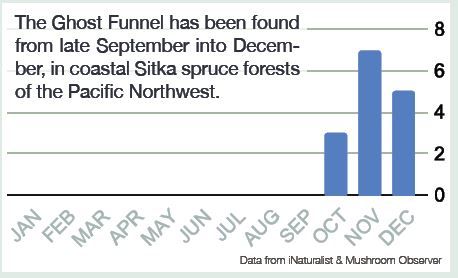
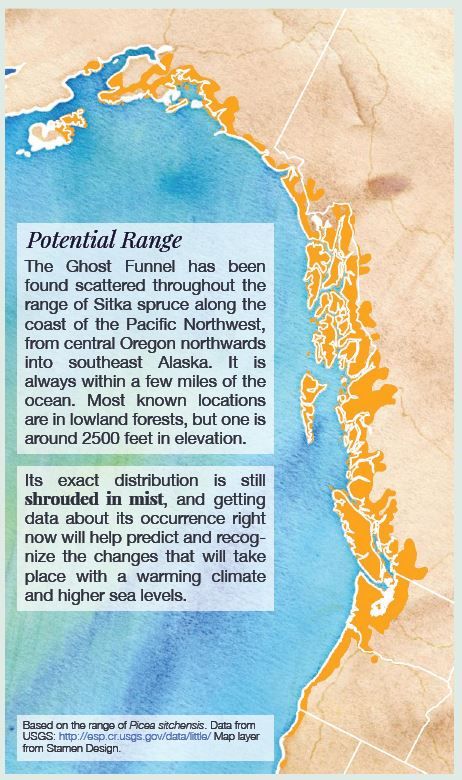
Habitat
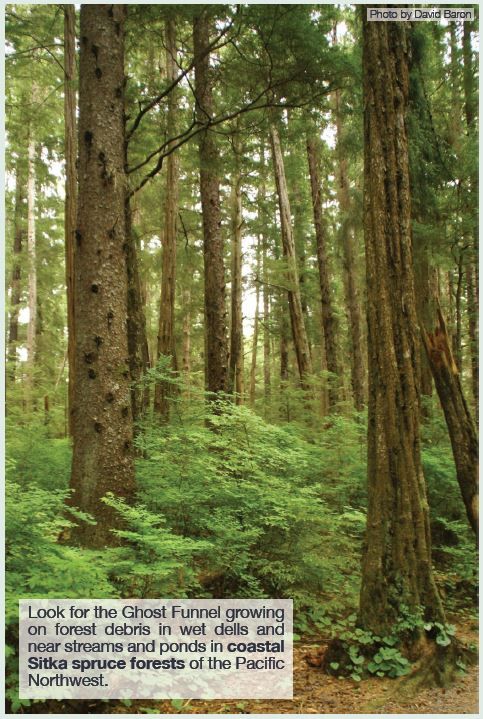
More information
Trudell S, Ammirati J. 2009. Mushrooms of the Pacific Northwest. Timber Press: pg. 252.
Kroeger P, Ceska O, Kendrick B, Roberts C. 2012. The Outer Spores: Mushrooms of Haida Gwaii. Mycologue Publications.
Vellinga EC. 2019. Stereopsis humphreyi. The IUCN Red List of Threatened Species 2019: e.T125433334A125435435.
doi.org/10.2305/IUCN.UK.2019-3.RLTS.T125433334A125435435.en
iNaturalist (15 obs.):
inaturalist.org/taxa/500137-Stereopsis-humphreyi
Mushroom Observer (6 obs.):
mushroomobserver.org/name/show_name/19343
What to do if you find it:
Make an observation
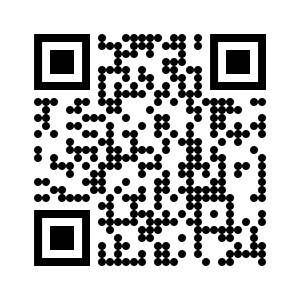 The first thing to do is to record your observation. We prefer to use the iNaturalist app for that (visit www.iNaturalist.org to learn more), but you could also upload your observation to Mushroom Observer (visit www.MushroomObserver.org). The QR code to the right will take you to the Fungal Diversity Survey (FunDiS for short) website to explain how to contribute to the project.
The first thing to do is to record your observation. We prefer to use the iNaturalist app for that (visit www.iNaturalist.org to learn more), but you could also upload your observation to Mushroom Observer (visit www.MushroomObserver.org). The QR code to the right will take you to the Fungal Diversity Survey (FunDiS for short) website to explain how to contribute to the project.The best thing you can do is take lots of photographs and notes. Typically, smartphones will automatically georeference any photos taken, but it is good practice to note your exact location, preferably with GPS coordinates, and what trees or other habitat features are nearby. For example, was the mushroom growing from duff and humus, or from bare soil? Did it have a particular smell?
Collect a specimen
If you are in an area where it is allowed and have any necessary permits, we strongly urge you to create a vouchered collection. This means a dried specimen for deposit in a herbarium, where researchers can access it for things like DNA sequencing. If you don’t know how to do this, please see:
fundis.org/sequence/sequence/dry-your-specimens
In California, collecting mushrooms is usually allowed in National Forests with a permit. Permits can be obtained at the headquarters of the National Forest you're visiting, and are usually inexpensive or free. However, restrictions vary among the individual National Forests, so make sure to find out the specifics when picking up your permit. State and County Parks generally do not allow mushroom picking, but regulations vary, so make sure to check your destination before you go out. In Oregon, most State and Federal lands allow collecting up to a gallon without a permit, but again, regulations vary, so check ahead of time.
Don’t forget to look for other mushrooms and fungi while you’re there! Like other Rare Fungi, part of why this mushroom is rare is because it grows in a place that mushroom pickers don’t generally go: Coastal Redwood Forests. Since you’ve already got iNaturalist open, why not record your other finds?Most mushrooms are like fruit: picking an apple from an apple tree doesn’t hurt the tree. In the same way, harvesting mushrooms does not generally hurt the mycelium of the fungus. We do still recommend leaving some mushrooms behind, and not picking perennial mushrooms, like brackets and conks.
Who to contact
If you think you’ve found this mushroom, and you’re not sure about any of the above, such as how to report the find, whether you can collect it, or what to do with it once you have collected it, please contact us!

